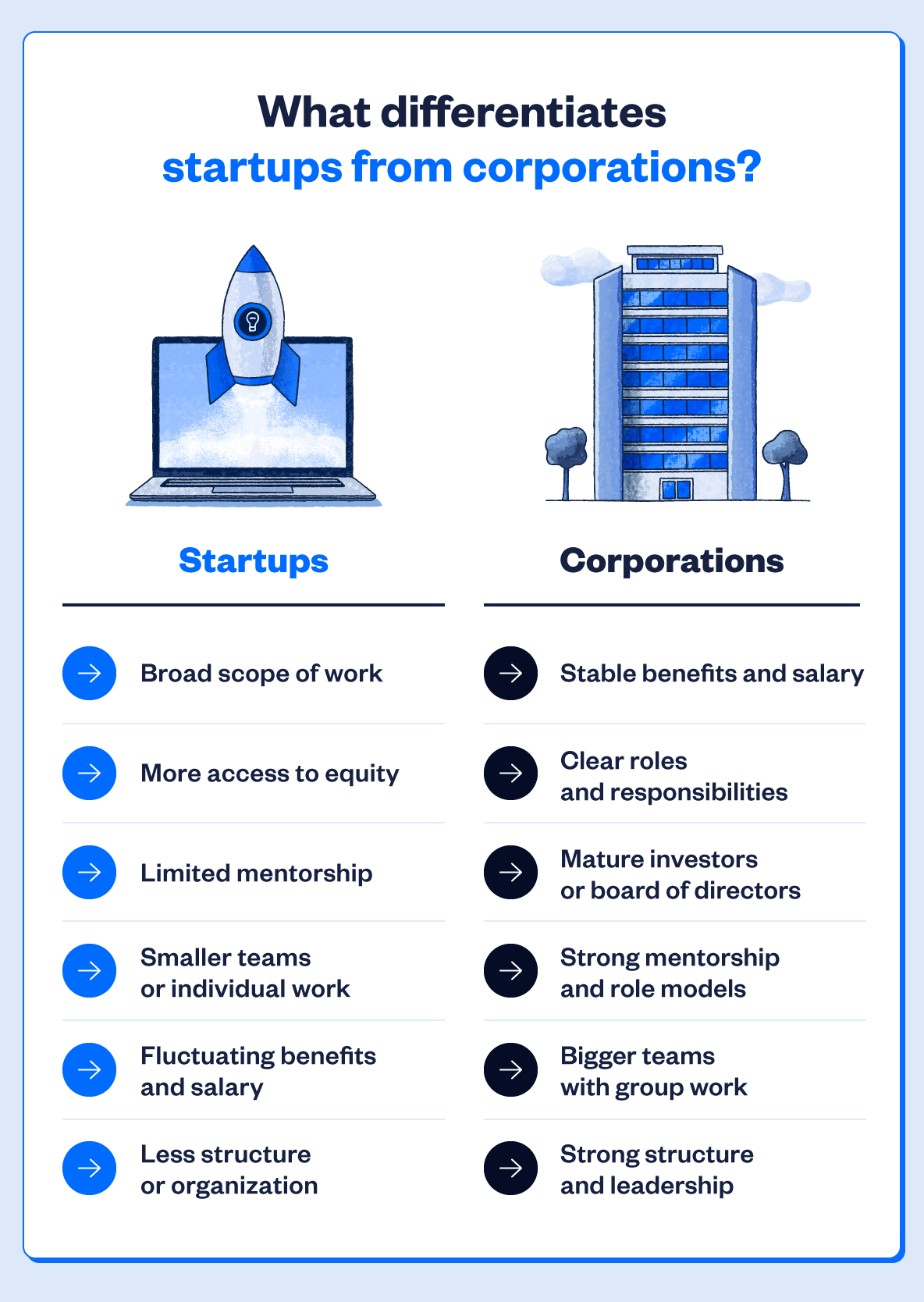Does your startup need enterprise architecture?
Does Your Startup Company Need Enterprise Architecture?

Introduction to the Enterprise Architecture Debate
The question of whether startup companies need enterprise architecture (EA) is a topic of debate in the business world. On the one hand, some argue that EA is unnecessary overhead for small, nimble startups focused on rapid growth and innovation. However, others believe EA can provide strategic benefits even for early-stage companies. As with many complex issues, the truth likely lies somewhere in the middle.
In this article, I aim to explore both sides of the argument in a thoughtful manner. My goal is not to take a definitive stance, but rather to outline the key considerations for startup founders and leadership teams as they determine the appropriate role, if any, for EA in their unique situation. While there is no single right answer, examining this issue from multiple perspectives can help illuminate the best path forward for each individual company.
The Case Against EA in Startups
Those against EA for startups note that it requires significant time and resources to develop comprehensive architecture blueprints, frameworks, and governance processes. In the fast-paced world of startups, where agility and speed-to-market are paramount, this overhead could hinder a company’s ability to pivot quickly as market conditions evolve. With limited budgets and headcount in the early days, the costs of EA may simply outweigh the potential benefits.
The Case for EA in Startups
Proponents counter, however, that even basic EA principles like modularity, interoperability, and separation of concerns can help startups avoid technical debt and costly rework down the line. A lightweight and iterative approach to architecture, they argue, need not compromise agility. Having some architectural thinking in place can guide technology choices and development efforts in a way that positions the company for sustainable growth beyond the startup phase.
The Evolving Scale of Startups

It’s also worth considering that many startups these days are pursuing more ambitious goals than in the past, with visions that could ultimately involve hundreds of employees and millions of customers worldwide. The architecture needed to support massive scale is fundamentally different than what a lean team of just a few developers requires. Investing modestly in upfront architectural planning may help ensure technical strategies scale appropriately over the long run.
Mitigating Strategic Drift
Another factor is the risk of strategic drift as startups develop their initial products and services. Without at least a rudimentary architectural framework, it can be easy for technical decisions to be made in isolation or based primarily on short-term priorities. This drift over time can accumulate to the point where it hinders an organization’s ability to execute on its overall business strategy. Architecture, even in loose form, can help anchor development to core strategic objectives.
Contextual Considerations for EA
Of course, the need for EA also depends greatly on a company’s specific circumstances and ambitions. A solo founder building a simple proof-of-concept MVP undoubtedly requires far less architecture than a venture-backed startup aiming for global domination from day one. Context is crucial.
A Pragmatic Approach to EA in Startups
With all this in mind, what approach seems most appropriate for startups? A balanced perspective is that some basic architectural thinking and planning is advisable even in the earliest stages, but the level of formality can and should be minimal at first. A simple document or diagram outlining core components, interfaces, non-functional requirements, and other high-level considerations may suffice in the beginning.
As the business and technology evolve, architecture can then be revisited and expanded in an iterative, incremental manner. Continual re-evaluation allows practices to become more robust organically as needs dictate, without over-engineering or compromising agility prematurely. With such an adaptive strategy, EA provides value without undue burden for startups of all types and phases.

Conclusion: Finding the Right Balance for EA in Startups
In conclusion, while startups need to prioritize speed and experimentation above all else, it seems short-sighted to entirely dismiss the role of architecture, even in early days. A lightweight and pragmatic approach can help guide technology decisions in alignment with long-term goals. For rapidly scaling ventures especially, some advance architectural thinking is prudent to set the stage for sustainable growth. As with most complex issues, moderation and adaptability are key. A balanced and iterative implementation of EA serves startups best.